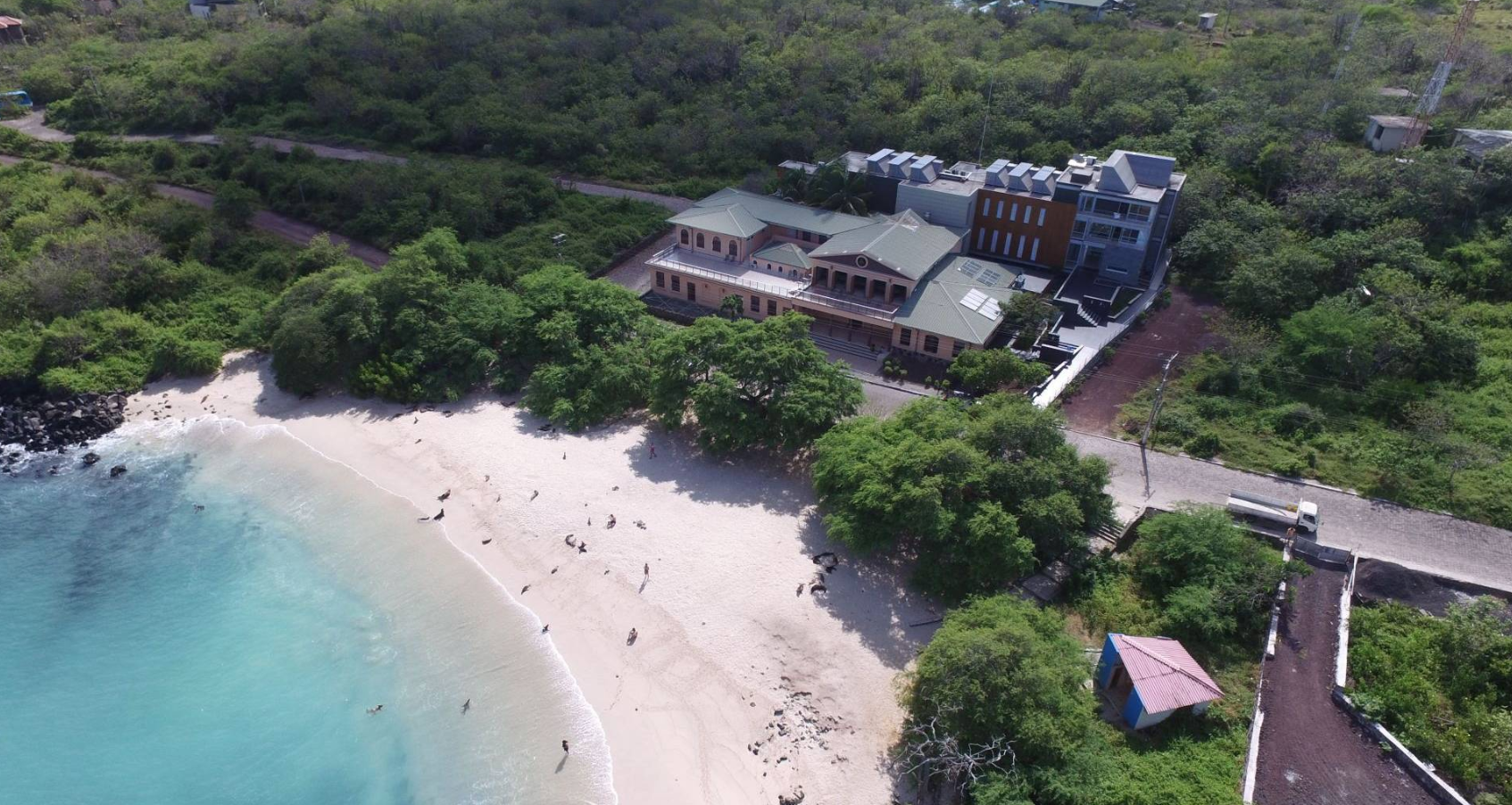Understand the social issues affecting the wellbeing of people of the Galapagos Island
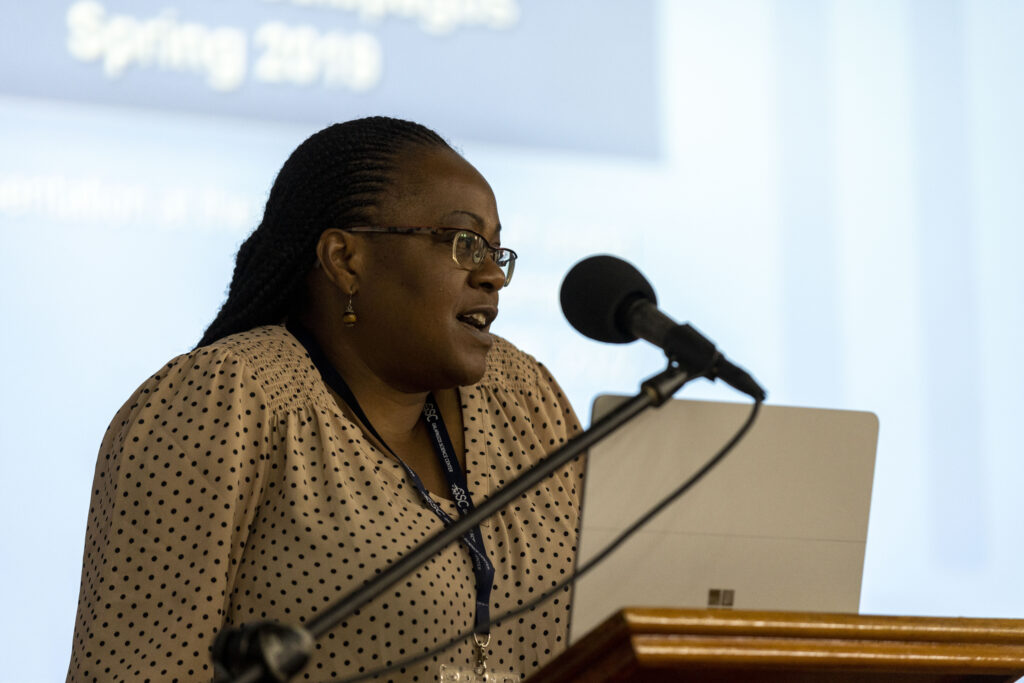
Gina Chowa
Galapagos petrels conservation retributing towards a sustainable future in the islands

Leo Zurita
The Presence of Dirofilaria immitis in Domestic Dogs on San Cristobal Island, Galapagos
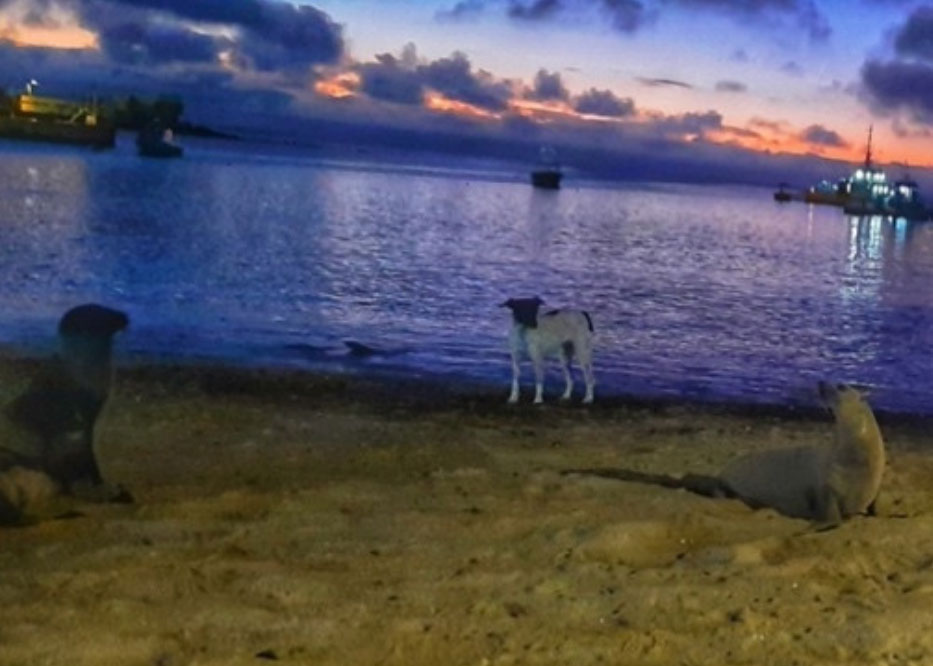
This study’s concept was outlined around the principle of conservation medicine in a biodiversity hotspot from the Neotropical realm: the Galapagos Islands.
Exploring the genetic diversity and population structure of Mobula birostris in two key aggregation zones in the Eastern Tropical Pacific

The giant manta ray Mobula birostris is the largest ray species in the world. Little is known about its genetic composition.
Intraocular pressure using rebound tonometry in the San Cristobal Galapagos tortoise (Chelonoidis chathamensis)
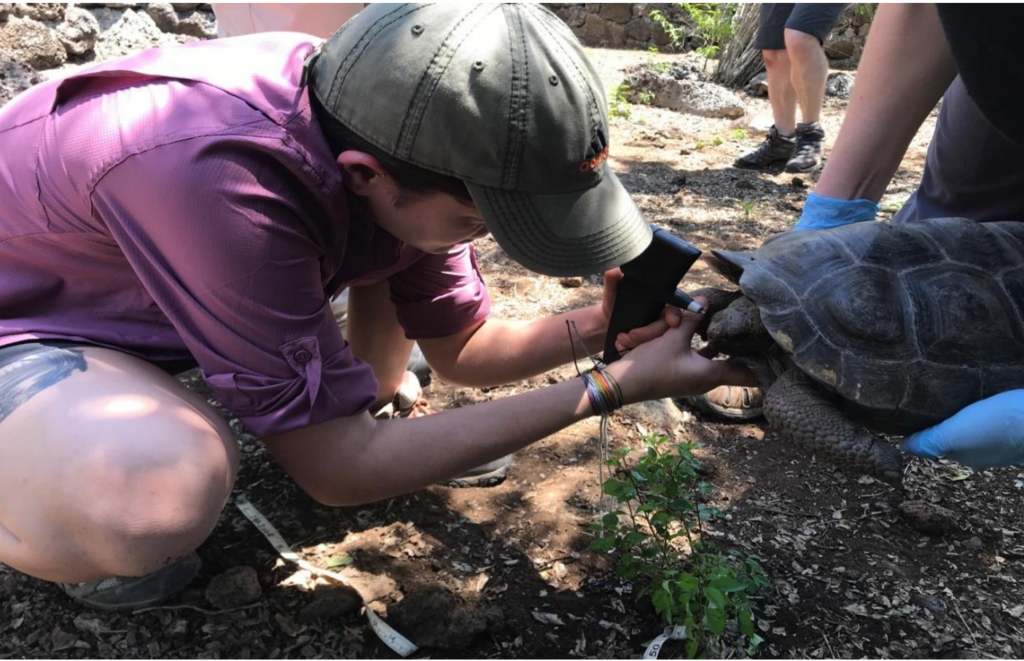
The goal of this study was to determine if intraocular pressure could be accurately assessed and to create a baseline measurement for intraocular pressure in Galápagos tortoises.
Ecuador contributes to the NASA SHADOZ network with 36 probes per year through the USFQ Atmospheric Measurement Station

The Universidad San Francisco de Quito (USFQ) has the Atmospheric Research Institute (IIA), which conducts surveys of the ozone layer from its Atmospheric Measurement Station (EMA).
Southern Elephant Seals (Mirounga leonina) in the Galapagos Islands and the Eastern Tropical Pacific Amid Ocean Environmental Changes: Towards a Habitat Suitability Index

he southern elephant seal (SES; Mirounga leonina) is the largest, sexually dimorphic pinniped species in the global ocean.
El Ecuador contribuye a la red NASA SHADOZ con 36 sondas al año a través de la Estación de Mediciones Atmosféricas de la USFQ

La Universidad San Francisco de Quito cuenta con el Instituto de Investigación Atmosférica (IIA), que desde su Estación de Mediciones Atmosféricas (EMA) realiza sondeos de la capa de ozono. Desde el verano del 2021, EMA se integró a la red de NASA SHADOZ.
Microplastic distribution and composition on two Galápagos island beaches, Ecuador: Verifying the use of citizen science derived data in long-term monitoring

Monitoring beach plastic contamination across space and time is necessary for understanding its sources and ecological effects.
Diving into the vertical dimension of elasmobranch movement ecology
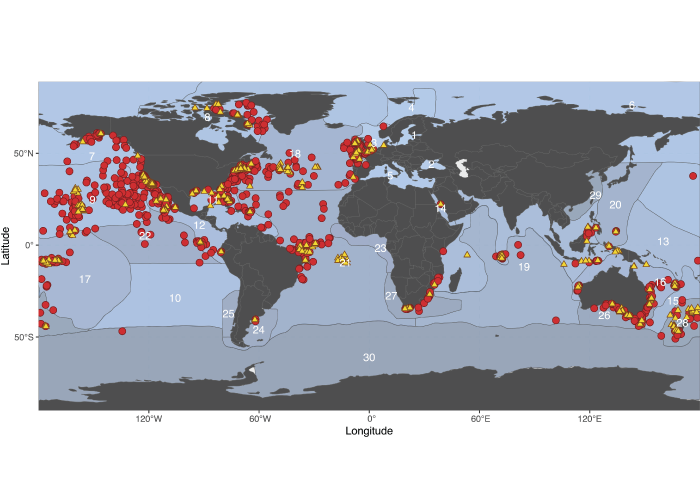
Knowledge of the three-dimensional movement patterns of elasmobranchs is vital to understand their ecological roles and exposure to anthropogenic pressures. To date, comparative studies among species at global scales have mostly focused on horizontal movements.


